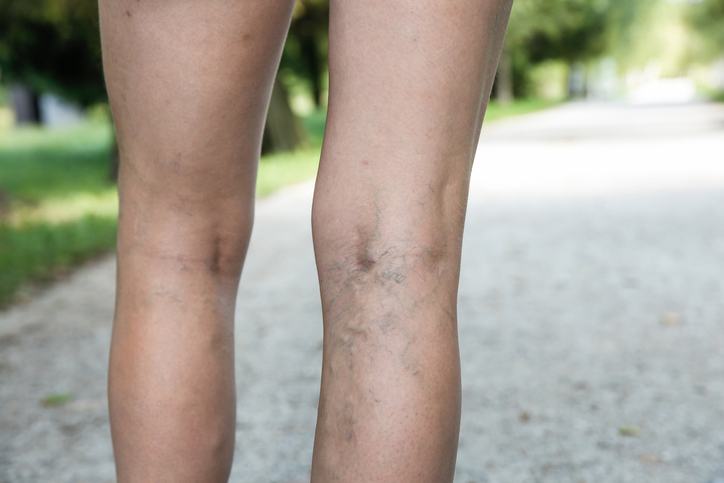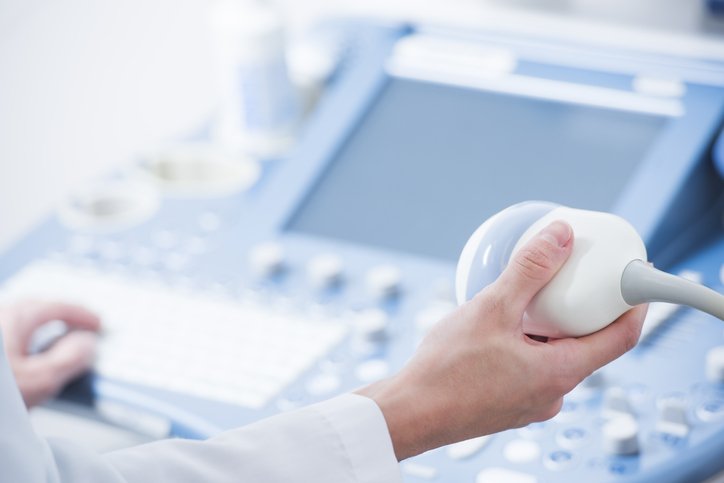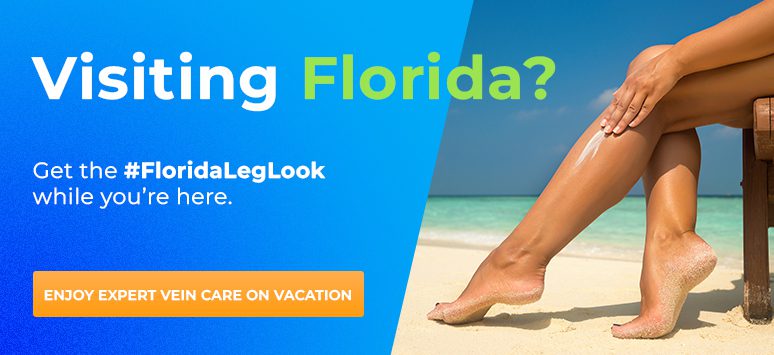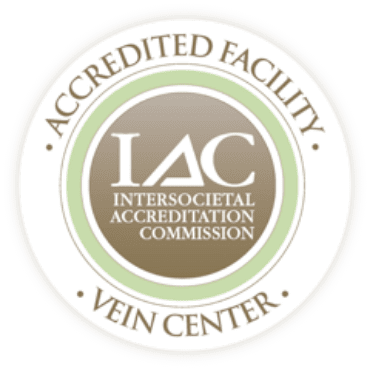Venous disease, also known as venous insufficiency, is often thought of as being an issue that only affects the “older” population. Surprisingly, there are many teens and young adults that may have venous insufficiency without evening knowing it. Venous insufficiency occurs when there is a failure of the valves in the leg veins to close tightly resulting in the backing up of venous blood down towards the feet. This causes blood to pool and pressure to build in the lower legs, which leads to signs & symptoms of venous disease. Venous insufficiency can manifest as a variety of signs and symptoms, many which may not immediately come to mind when thinking about venous disease as a potential cause of leg issues, especially in the younger population.

Most people are aware of the most common sign of venous insufficiency, which is varicose veins, but many people without varicose veins can also have venous insufficiency. It is important to understand that varicose veins do not need to be present for a diagnosis of vein disease to exist. The most-reported non-visible symptoms of venous insufficiency are achy, heavy or tired legs, especially at the end of the day. Here are a two examples of young adults who would never have thought of seeing a Vein Specialist but since they were related to renowned vein doctor Dr. Joseph Magnant, (his son and his niece) they underwent an evaluation at Vein Specialists and were found to have significant venous insufficiency on their ultrasound.
PATIENT #1
Patrick is a 22-year-old male who at the age of 19 began experiencing leg symptoms but had no visible signs of venous disease. While attending Florida State University, Patrick began noticing that his legs would become achy, especially after walking to and from multiple classes throughout the day. He also noticed that his legs had become increasingly fatigued after exercising. As an overall healthy individual, venous disease may not have been thought of as a contributing factor, especially since he had no obvious signs vein disease such as varicose veins, swelling or skin discoloration. Ultrasound examination confirmed severe superficial venous insufficiency and he has since been successfully managed with compression stockings.
PATIENT #2
Alexandra is a 29-year-old female who over the past few years had been experiencing intermittent achiness in both of her calves after sitting or standing. Over time, the achiness had become more frequent and more severe, often causing her to have to massage her calves or take an over-the-counter pain relief medication to help alleviate her symptoms. She had no visible signs of venous disease and just like patient #1 is a healthy individual, and further ultrasound investigation revealed evidence of severe venous disease. Thus far she has been successfully managed with compression hose, although she may decide in favor of a more definitive treatment called endovenous ablation at some point in the future if the compression stockings lose their effect.
Both patients presented to our office looking for answers to their bothersome leg symptoms. Again, both patients had no visible signs of venous disease; however, after taking a detailed history and discussing their concerns it was evident that further evaluation with venous ultrasound was warranted. Duplex ultrasound evaluation is the gold standard in diagnosing venous disease and allows Vein Specialists to formulate a specific vein treatment plan tailored to each patient’s findings. In both cases, their ultrasounds revealed treatable venous disease. Based on these findings and their youth, conservative treatment was recommended consisting of a compression hose trial, exercise and elevation of the legs when possible. Both patients reported significant improvement in their symptoms when they wore their hose on a regular basis during the day. Although, compression hose will not cure the underlying venous disease, they can assist in alleviating the many of the symptoms associated with venous disease.

In other cases, conservative treatment may not yield adequate relief and a minimally invasive outpatient procedure called endovenous ablation may be appropriate. This may be considered when conservative treatment has failed, or signs and symptoms have worsened. Endovenous ablation is performed in either our vein clinic Fort Myers or vein clinic Bonita Springs in a sterile environment under local anesthesia. This can be accomplished by using either a laser or a radiofrequency catheter that allows us to seal the poorly functioning veins(s) with heat or with a special medical adhesive called VenaSeal. These procedures improve the venous symptoms by decreasing the venous pressure in the lower legs. These procedures are minimally invasive and allow patients to return to normal activity in a short period of time, which is especially important in younger, active patients.
Venous insufficiency is a common and often undiagnosed condition affecting millions of adult Americans. Although it is true that the risk of developing venous disease is more prevalent in older adults, younger adults can also be affected. The number one risk factor for developing venous disease is heredity. When family members such as one’s parents or grandparents have venous disease, one is at an increased risk for developing signs and symptoms regardless of their age or gender. Other contributing factors that are common among the younger population are contact sports such as football, baseball or soccer. Injuries related to contact sports can lead to a greater risk of developing venous disease due to direct trauma to the veins in the legs. Obesity is also an important risk factor which can affect both genders and individuals in any age group. Weight gain commonly occurs in the abdominal area which can cause increased pressure on the pelvic veins which impedes proper venous flow out of the legs.
Whether you are recently retired or heading off to college, if you are concerned about your lower extremity symptoms of fatigue and achiness, or if you have obvious signs of venous disease such as varicose veins, selling or skin discoloration, please consider a venous evaluation by one of our extensively trained providers. Remember, you do not have to have visible signs to have venous disease. For more information please visit our website at Weknowveins.com our contact our office at 239-694-VEIN (8346).
Call Or Request An Appointment
Contact us to schedule an appointment with our expert Vein Specialists team. We will evaluate your signs and symptoms, answer your questions, and create a personalized vein care treatment plan to relieve your leg pain and enhance your life.
Schedule Your Appointment TodayRequest an Appointment
Please take a moment and fill out your request below and one of our staff members will be in contact within 24-48 business hours. If this is an emergency, call 911 immediately. If this is a non-emergent concern, please call the office Monday-Friday between 8am – 5pm at: 239-694-8346


